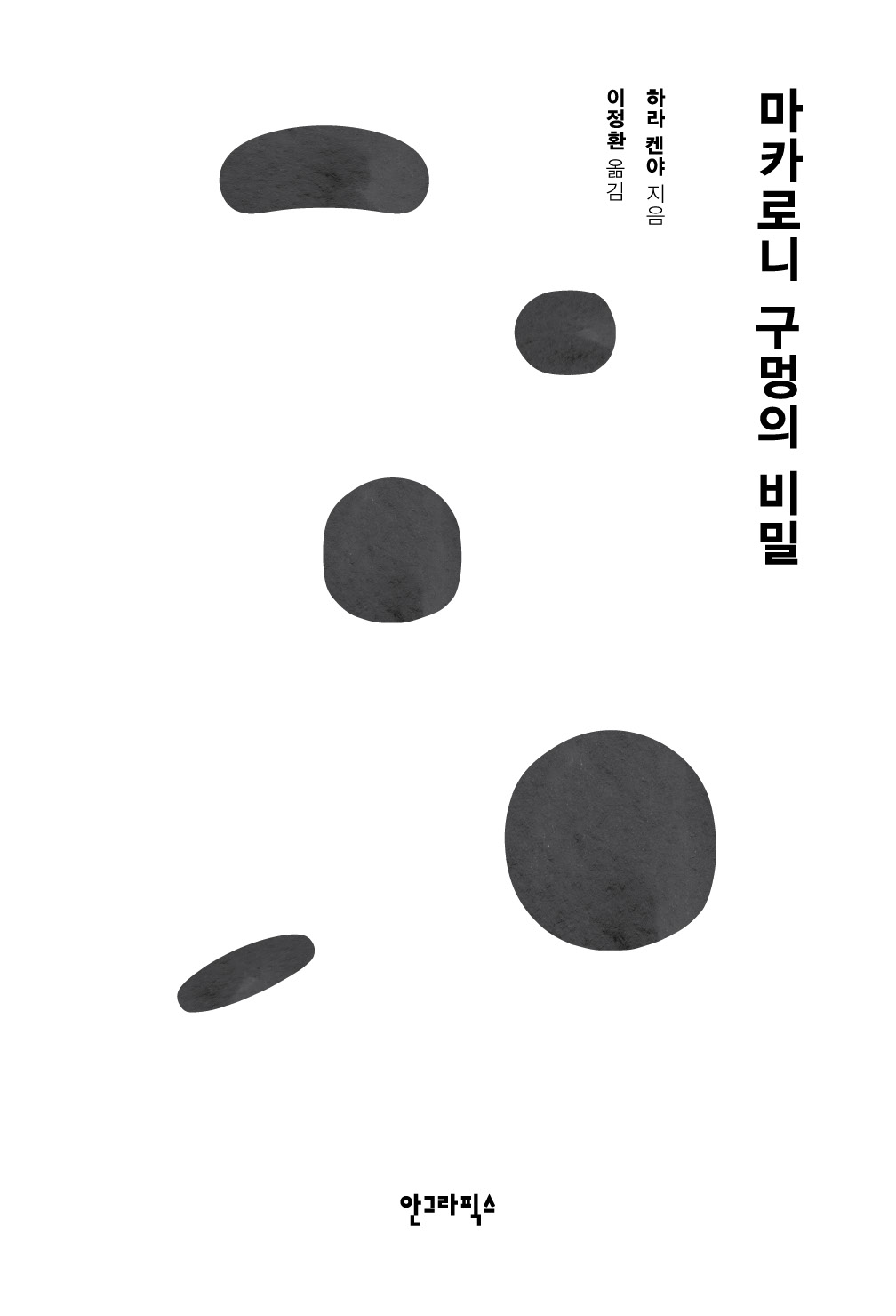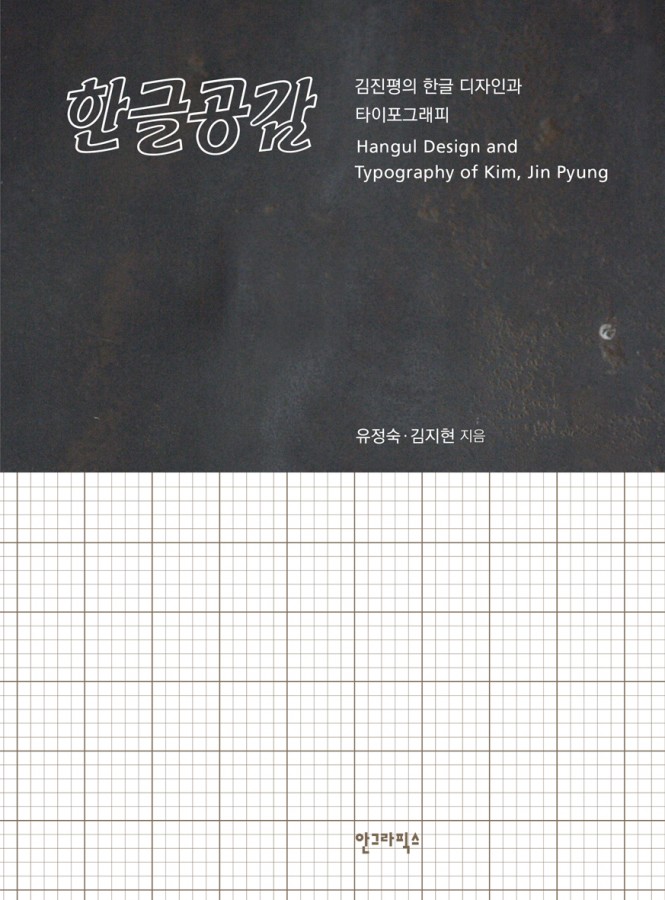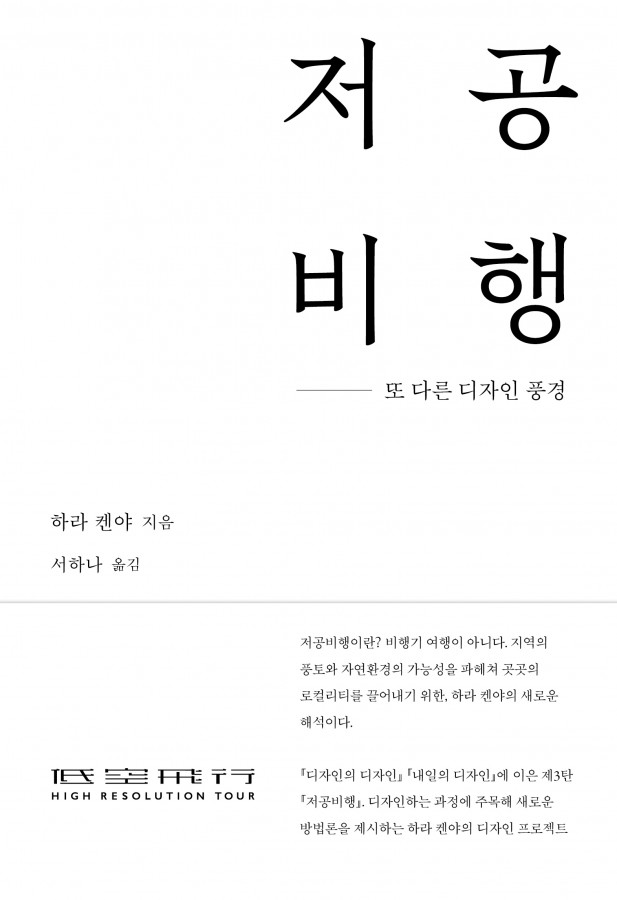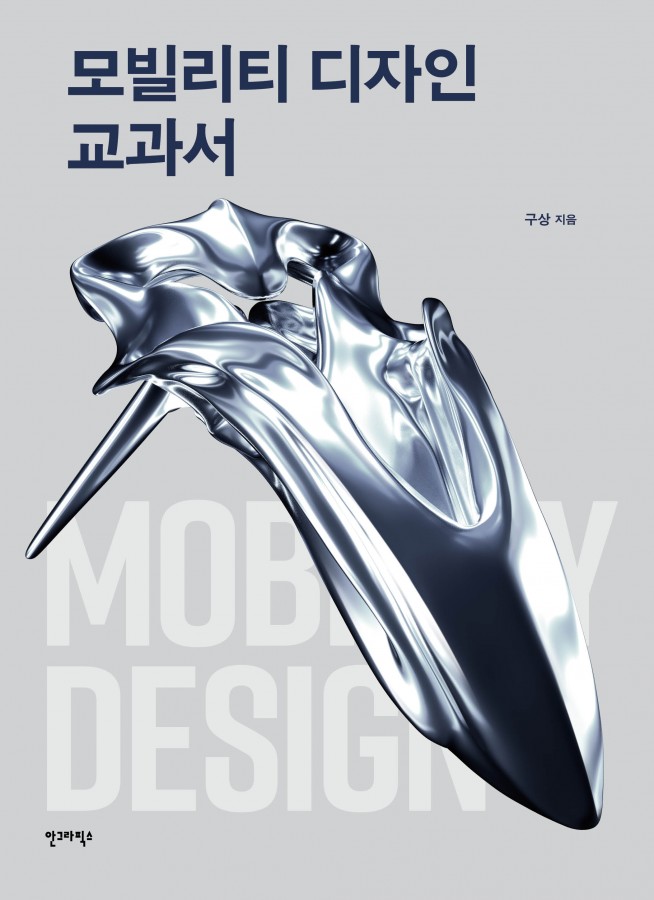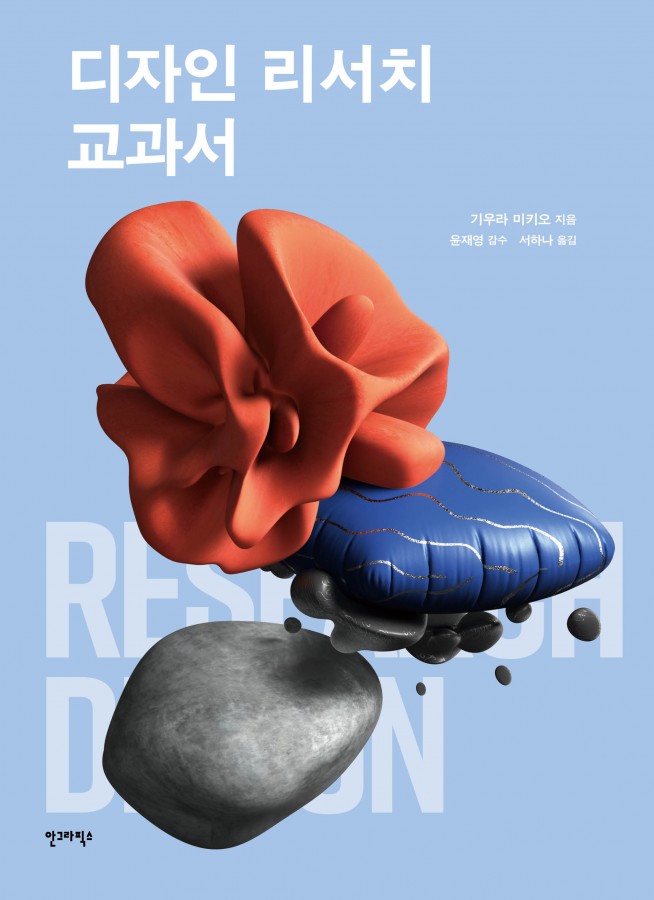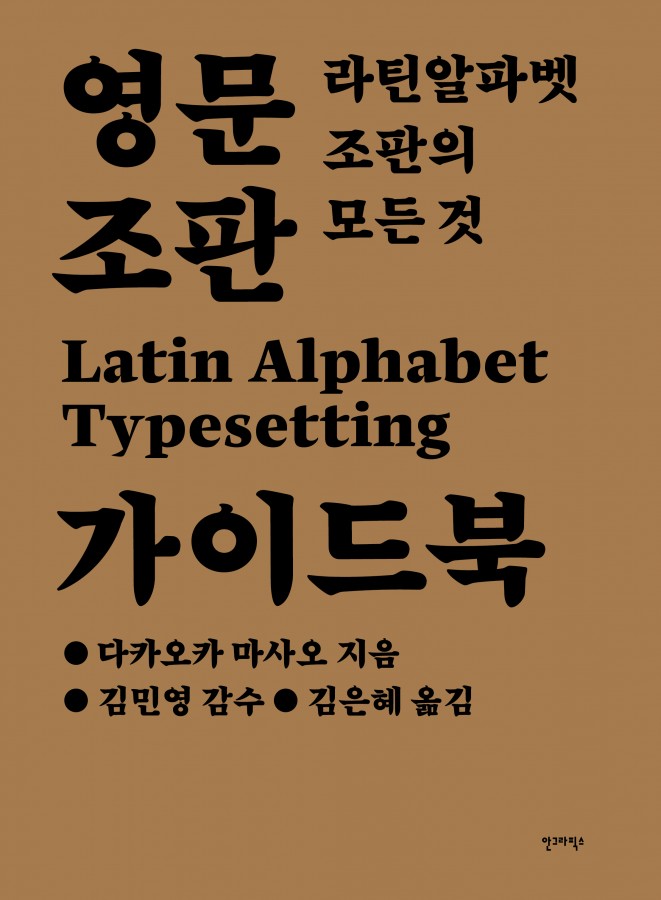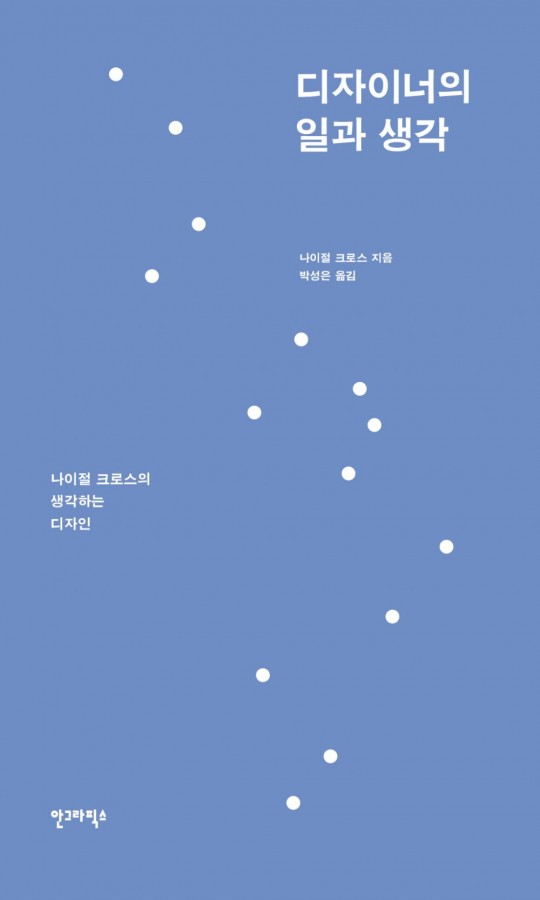Hara Kenya
Born in 1958, he is a designer, President of the Nippon Design Center, and a professor at Musashino Art University. Known for groundbreaking exhibitions that challenge conventional values, he has curated projects such as RE-DESIGN – The Daily Products of the 21st Century, JAPAN CAR – Designs for a Crowded World, and HOUSE VISION, which have had a global impact. He applied design deeply rooted in Japanese culture for the opening and closing ceremonies of the Nagano Olympics and the Aichi Expo. Since 2002, he has served as the art director for MUJI and has worked across diverse fields, designing for Matsuya Ginza, Mori Building, Tsutaya Books, Ginza Six, Mikimoto, Yamato Transport, and the visual identity (VI) for Xiaomi in China. In 2008–2009, he held large-scale solo exhibitions in Beijing and Shanghai. At the 2016 Milan Furniture Fair, he collaborated with Italian architect Andrea Branzi on the exhibition New Primitive Era – 100 Verbs, presenting human history as a co-evolution of tools and desires. He is also the general producer of the Japanese Ministry of Foreign Affairs’ JAPAN HOUSE, focusing on leveraging Japanese culture as a resource for the future. In 2019, he launched the website Low Flying – High Resolution Tour, introducing Japan from a unique perspective and exploring innovative approaches to tourism. He is the author of several books, including Designing Design, 100 Whites, Design of the Future, and The Secret of Macaroni Holes.
Lee Jeong-hwan
Lee Jeong-hwan graduated from Kyung Hee University’s Department of Business Administration and Intercultural Japanese Language School. He is a researcher of Eastern philosophy and religion, a Japanese translator, and a writer. He has translated many books into Korean, including The Architecture of Tomorrow, The Secret of the Macaroni Hole, Connecting Architecture, 三低主, White, Nagaoka Kenmei no Kangae, Tokyo University Students Become Fools, and Ready Luck.
